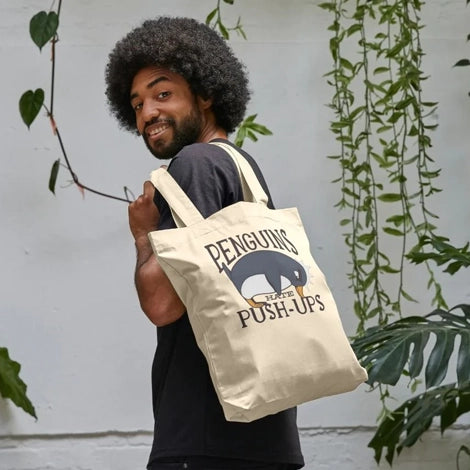When we help each other, it's often voluntary and we can offer varying forms of understanding. Whether our closest relative can concur with his fellow chimpanzee
(Pan troglodytes) when aiming for a goal could be a crucial question.

Helpers' first tool selection and offer to their con-specific partner. Each condition [(A) first "can see", (B) "cannot see", and (C) second "can see" condition] presented participants in the recipient booth with one of two tool-use situations ("stick" or "straw"). Graphs are based on the data from three participants (Ai, Cleo, and Pal) who completed all of the conditions based on an A-B-A design; Credit: Yamamoto et al / PNAS
Shinya Yamamoto et al at Kyoto University gave chimpanzees seven items to solve tool-use situations. Helping would be targeted at the function needed if a request for help was made. The whole meaning of society is cooperation, evident in social insects, fish, birds and mammals. The sharing of food without direct benefit to an individual has been studied recently in several primates. When empathy is brought into the situation, we begin to restrict the ability to very few species. Whale, elephant and ape examples exist.
Altruistic behaviour in chimpanzees has been seen to require the proffered hand (as a request for help). Their range of helping behaviours is limited when compared to our own. With a juice reward, a stick use and a straw use experiment were prepared. The result was 90.8% object offering from the helper, although not necessarily the correct object (tool). Almost all offerings were dependent upon the hand request. Only 5% offering was observed in the prequel, where the animals simply had tools but no reward available.
In the full experiment, the potentially correct tools were offered first by most participants. There were experiments where the animals responded targeted helping that was flexible, depending on whether a stick or a straw was required. Understanding how to achieve success in their partners' situation demonstrates empathy and of course true altruistic behaviour. The next step was to investigate "how" chimpanzees understood.
Inappropriate first tool offer in the "cannot see" condition. Cleo (chimpanzee on the left) first offered a straw to Chloe. As Chloe continued requesting, Cleo transferred a hose, a brush, and finally a stick, which Chloe actually required; Credit: Yamamoto et al / PNAS
The Kyoto experimenters placed an opaque wall to obstruct most of the helper's view. The chimp, Ayumi became the hero of the hour in this difficult situation as he stood up and checked the need before offering the correct tool. He really confounded the experiment at this point as he converted the unseen situation into another "seen" situation! Well done Ayumi, although his partner was his mother. We all know better than to incur the wrath of Mum. The proffered hand request from chimpanzees was also reduced in information possibilities. Obviously, it was a "Help!" signal that could have inferred very little, except within the two animals' earlier experience.
Motivation for chimpanzees to offer help in response to a request was obvious here. The puzzle is why an offer isn't forthcoming without the request. A strange experiment with 18 mo toddlers (human!) evoked little response to an unfamiliar adult needing help without a request. Perhaps they were going through their chimp phase? No need to worry. Apparently, at 30mo. The child had some developed empathy. Perhaps the supposedly intelligent bonobo (chimpanzee) could be used in a guided helping situation or chimpanzee sounds could provide guidance for con-specifics to help (communication by hand in the video does seem almost comic).










